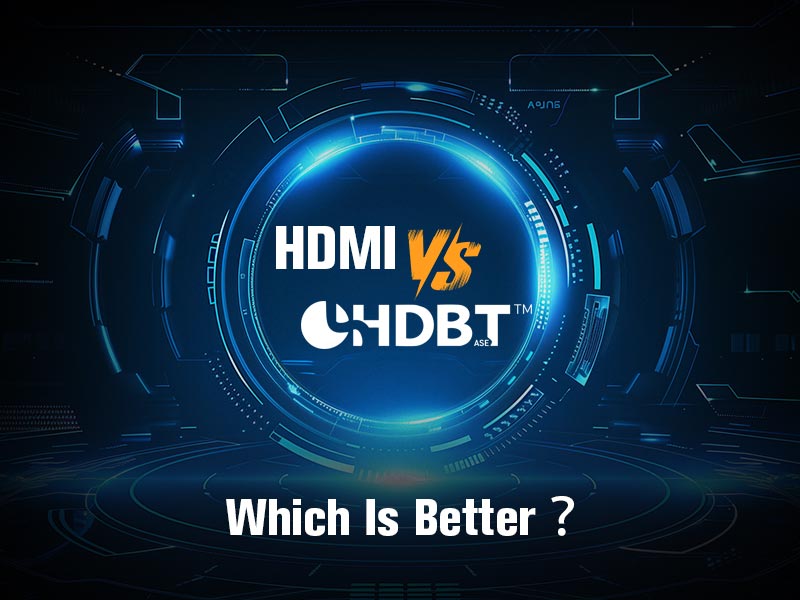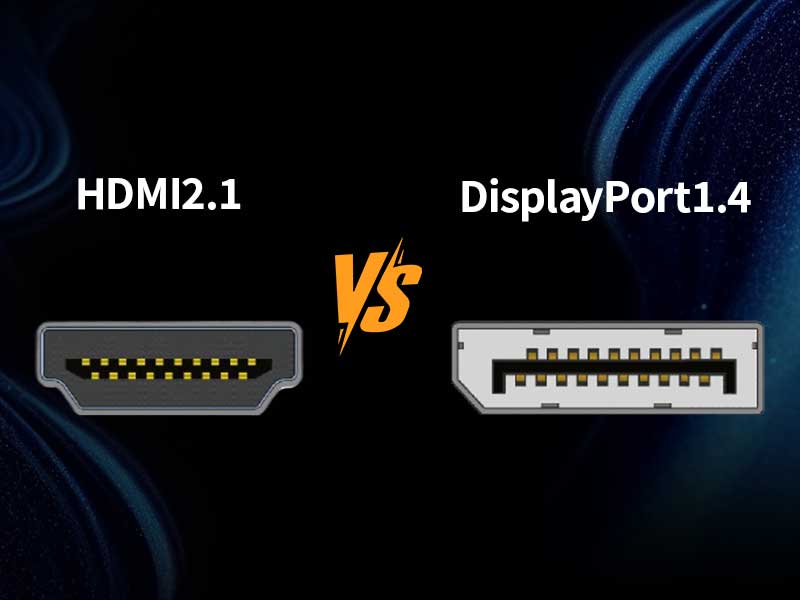About GPMI News:
Developed by the Shenzhen 8K UHD Video Industry Cooperation Alliance (SUCA), GPMI is a potential alternative to HDMI and DisplayPort interfaces.
4K resolution has been mainstream due to the rapidly increasing demand for ultra HD audio and video. In pursuit of a more comfortable video experience, 8K resolution is also becoming more popular. However, current interfaces with different standards have some issues leading to a poor experience: The video and audio transmission, network connectivity, data transfer, and other functions require multiple interfaces or cables to achieve.
What is GPMI?
GPMI (General Purpose Media Interfaces) is a generalized high-speed multimedia interface standard, designed to solve issues including video signal transmission, control signal transmission, network connection, and power supply.
| Features | GPMI |
| Max Bandwidth | 144 Gbps |
| Max Resolution | 8K@60Hz or 16K |
| Audio Support | Yes |
| Power Delivery | Up to 240W |
| Cable Simplicity | Single Tyoe-C Cable |
| Backward Compatibility | USB/DP/HDMI |
| Copy Protection | HDCP 2.3+ |
Remarkable Features of GPMI
GPMI is invented by cutting-edge technology and shows seven key advantages: High bandwidth, large power supply, two-way multi-stream transmission, wake-up in seconds, all-scenario, good compatibility, and high security.
High Bandwidth
It can support up to 144Gbps, exceeding the standard 48Gbps. It means that General Purpose Media Interfaces can easily meet the requirement for 8K HD video transmission.
Large Power Supply
GPMI has a strong power supply capacity, supporting up to 480W. This advantage makes GPMI meet the power supply needs of almost all mainstream equipment.
Two-way Multi-stream Transmission
This interface standard enables the converged transmission of multiple signal types through a single interface, integrating data streams, control signals, power delivery (Power over Cable/Interface), and audio/video signals in a unified transmission channel. It allows users to use a single cable to transmit multiple types of signals.
Wake-up In Seconds
It achieves remarkable wake-up efficiency through the innovative Sideband communication channel, reducing networking equipment wake-up time.
Wide Ranges of Applications
This latest interface standard supports multiple channels of bidirectional video transmission and mesh networking. These functions make GPMI an ideal technology in many cases.
Wide Compatibility
GPMI consists of a Type-B and a Type-C interface. The Type-C is compatible with existing USB Type-C interfaces, supporting up to 96 Gbps; and the Type-B is suitable for larger terminals, supporting up to 192 Gbps bandwidth and 480 power transmission.
High Security
GPMI supports ADCP (Advanced Digital Content Protection), enhancing the security of content transmission.

Does GPMI bring renovation to KVM Devices?
HDMI and DisplayPort interface standards have been widely used in our daily lives for decades. They are the core of digital audio and video transmission and have been developed for many years to meet the growing bandwidth demands. They play important roles in KVM devices like KVM switches and extenders.
The development of GPMI can bring life to KVM (keyboard, video, and mouse) technology. As a generalized interface standard, it stands out for its high bandwidth and versatile integration, allowing KVM devices to achieve higher signal transmission efficiency.
The traditional KVM devices rely on dispersed interfaces like HDMI and USB, however, GPMI can help KVM devices achieve synchronous transmission of 4K/8K video signals, keyboard and mouse signals, and power supply via a single cable. With this advanced interface standard, the cabling system can be simplified dramatically, the latency can be decreased (<5ms). It also supports EDID and Alt Mode switching, allowing KVM to identify automatically the resolutions and protocols of different terminals.
The old KVM that supports only HDMI 1.4 or USB 2.0 may be obsolete, which can force KVM manufacturers to update their products.
The future of GPMI
Can GPMI replace HDMI and DisplayPort absolutely in the future? Actually, HDMI and DispalyPort are still the main interface technologies, and are widely used in many fields. However, as a latest interface standard, GPMI has great potential because of its high bandwidth, ultra-low latency, and multi-device collaboration capability. It is more likely that GPMI, HDMI, and DisplayPort exist at the same time.


